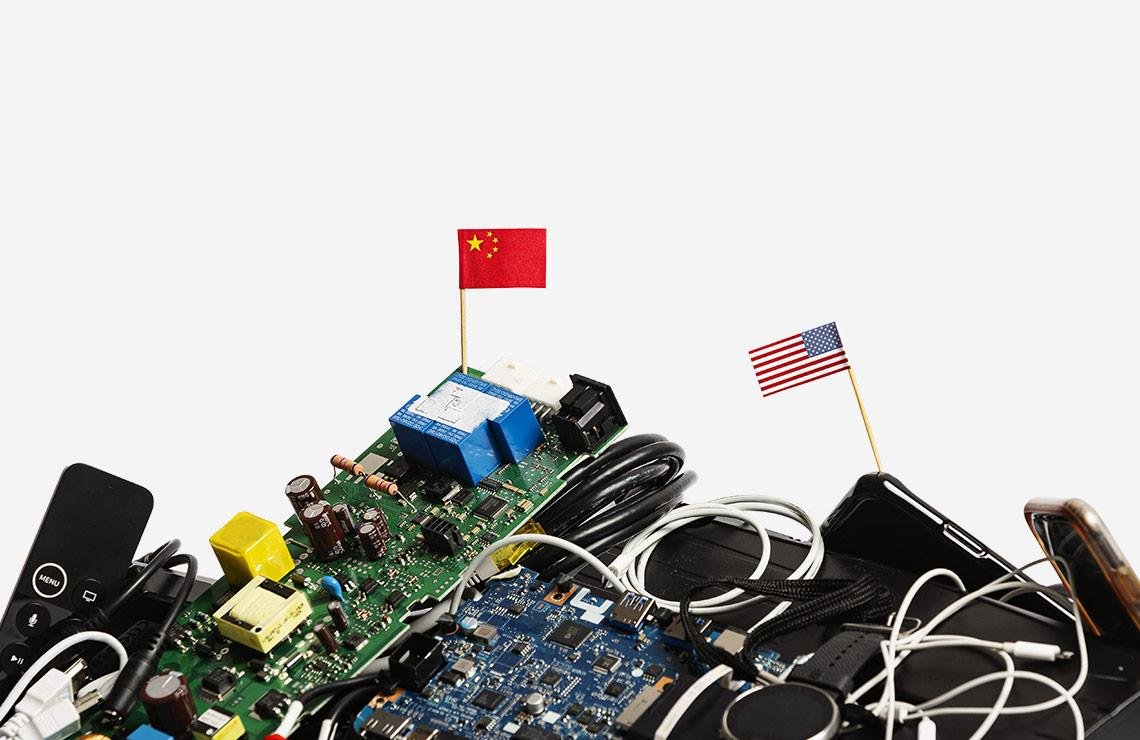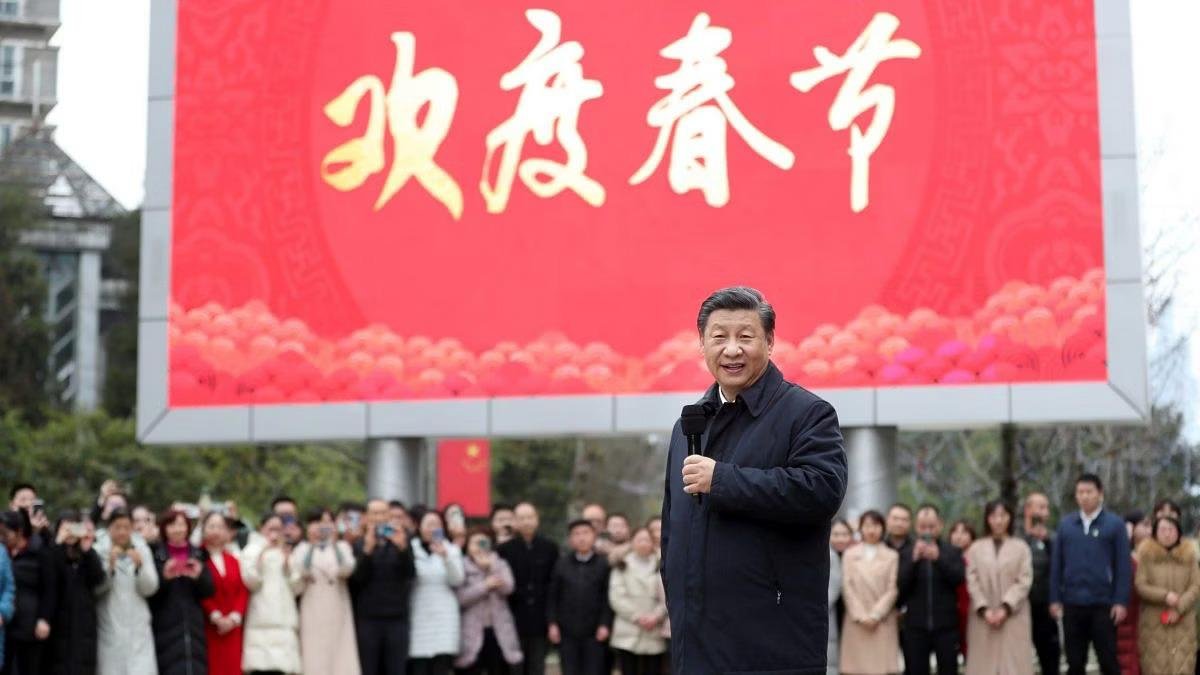Why does China want to become a technological superpower? Cold war over technology
Today’s increasingly potent rivalry between the US and China spans many domains but is particularly acute in the techno-security sphere. China aims to take advantage of innovative technologies' political, economic, military, and commercial opportunities to become the world leader in technology. China's strategy, in which all Chinese state mechanisms act together, intends to increase support for state-owned enterprises, prioritize research and development activities, ensure high-tech industrialization, and boost innovation programs.
According to a recent study, China has taken the lead in 37 of 44 technologies as opposed to the US. This is reflective of the fact that in the years that China was suffering from the worst global pandemic outbreak, it was also ramping up its labour force and innovative brains to take the lead in the race to become the superpower.
Consequently, China’s aspiration to become a technological superpower comes in line with the National Medium and Long-Term Plan for the Development of Science and Technology program unveiled in 2006 by the Chinese government and put under the coordination of the Ministry of Science and Technology. Hence, throughout these years, China shifted its technological policy by putting too much effort into developing artificial intelligence (AI) and big data.
The long-term attitude and commitment led to the rise of well-known Chinese high-tech companies like Alibaba, Tencent, Baidu, Huawei, and Xiaomi, which dramatically increased market share and began challenging the US big high-tech companies. China is on its path to establishing a monopoly in more than one technology area, including electric batteries, hypersonic engines, and advanced radio-frequency communications such as 5G and 6G.

This thesis is proved by another intelligence data claiming that China generated 48.49% of the world’s high-impact research papers into advanced aircraft engines, including hypersonic, and it hosts seven of the world’s top 10 research institutions in this topic area.
Although some argue that China pursues different aims other than economic development by investing heavily in AI and high-tech projects, Beijing sees it as another way of increasing the national GDP. As such, in the autumn of 2020, President Xi Jinping revealed China’s new five-year plan. The plan preceding it had set growth targets for a nation still climbing out of relative poverty, and in those five years, GDP per capita grew by 30%. In 2021, GDP per capita increased by 21% in a single year. Millions of Chinese were lifted from relative poverty, and some became rich.
In addition to the increased GDP, China’s interest in developing AI and high-tech industry is to integrate these capabilities and other dual-use technologies into the military area. In recent years, Beijing began reforming the People's Liberation Army (PLA) in 2015 as a part of its civil-military integration policy and has since improved the PLA Strategic Support Forces' capabilities in areas including space, cyber war, and electronic warfare. Indeed, China intends to adopt a new military doctrine based on competition in space and future wars.
Contrary to experts, who usually claim that the integration of high-tech industry with the local military is a new phenomenon, China began the integration in 2017 by establishing the Integrated Military and Civil Development Central Commission. Within the program, China has launched its newly-developed quantum satellite into space to raise its military capabilities, improve its intelligence, surveillance, and reconnaissance capabilities, and gain an advantage over global rivals.

Such rapid technological progress with prospects of being closely integrated with military technology provoked the reaction of Western countries, notably the U.S. During the Trump administration, Washington took a firm stance on China's high-tech breakthrough, which has not changed during the new administration of president Joe Biden.
The official narrative in the US is limiting China’s influence in the technology market by deepening cooperation with its allies, producing alternative technologies, and building a techno-political structure against its rivals. In this vein, NATO members increasing interest in monitoring China's high-tech industry progress indicates the level of the West's concern regarding the issue. The West cannot be confident that China's AI technology, closely linked to the military industry, will pose a real threat to national interests and cross their red lines.
Hence, the turbulence in relations between Beijing and the Western countries complicates the partnership in other critically important fields. There is harsh competition in the digital space, and the US wants to ensure that it maintains the role of a frontrunner in this process, leaving China behind.








